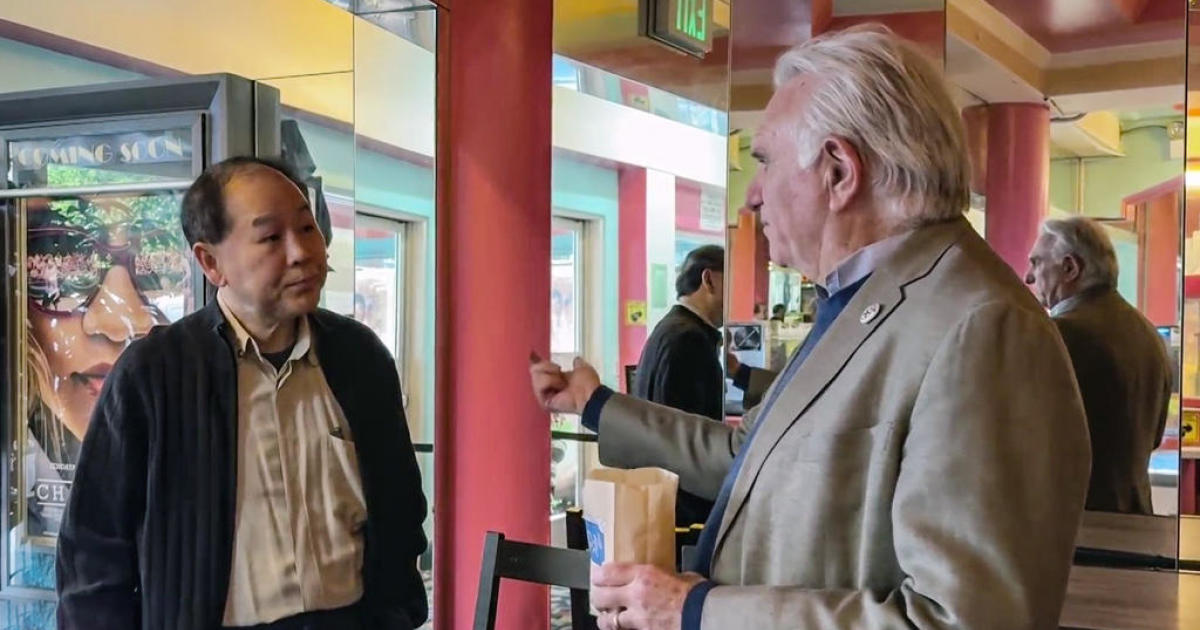Project works to restore tidal marshlands along San Francisco Bay
On Wednesday, the San Francisco Bay grew by around 300 acres after an intentional levee breach that separated an old industrial salt pond from the Bay in Menlo Park.
David Lewis, the executive director of Save The Bay, an organization that works to protect and restore the San Francisco Bay, was grateful to see this moment that was years in the making.
"It creates hope," he said. "I think it gives people a sense of awe about this amazing place that we live in, that we sometimes take for granted."
The effort was the latest example of progress made by the South Bay Salt Pond Restoration Project to restore historic wetlands to tidal marshes.
"In just a few years, this dry and crusty salt pond will be a lush, green, tidal marsh, that supports amazing fish and wildlife – especially bird life," Lewis said.
Tidal marshes around the Bay have disappeared as the Bay Area grew bigger and bigger, according to Amy Hutzel, the executive officer of the State Coastal Conservancy.
"Since the Gold Rush, we've lost close to 90% of our tidal wetlands in San Francisco Bay. Things were built on top of them – ports, airports, communities, salt ponds, all sorts of things," she said. "It has been decades in the making to restore this spot and other spots all around San Francisco Bay and to have a much healthier bay."
It'll be better for wildlife and for the people who live around the Bay, says Lewis.
"Tidal marsh is one of the best protections – natural protections, green solutions – to sea level rise and flooding," he said. "Tidal marsh acts like a sponge. It can actually hold that water during high tide and flood events and then release it slowly, so it doesn't pose as big a risk to adjacent communities."
This particular spot is at an elevated risk to adverse effects of future sea level rise, according to Lewis.
"East Palo Alto and parts of Menlo Park are actually at or below sea level right now," he said. "So, with sea level rise, they're going to be at greater risk. There is going to be a lot of adaptation that is needed – probably pumps for extreme flood events. But, the more that we can restore tidal marsh around the edges of these communities, the more natural protection can be a part of that solution."
While that future isn't tomorrow, Lewis says it isn't far off.
"Just with the climate change that we've already baked into the planet, we're going to see a significant sea level rise just in the next few decades. We have time to prepare our communities to be more resilient," Lewis explained. "We don't have time to do it slowly. We need to do it as quickly as possible. These marshes can provide all the benefits, and also protect us against rising tides; protect the people and the infrastructure that we've built here."
This won't be the last time we see the Bay reclaiming what was once a part of it in a controlled manner. Lewis, Hutzel, the South Bay Salt Pond Restoration Project, and the U.S. Fish and Wildlife Service have a goal of restoring 15,000 acres of historic wetlands in the hopes of creating a better future for the Bay.



